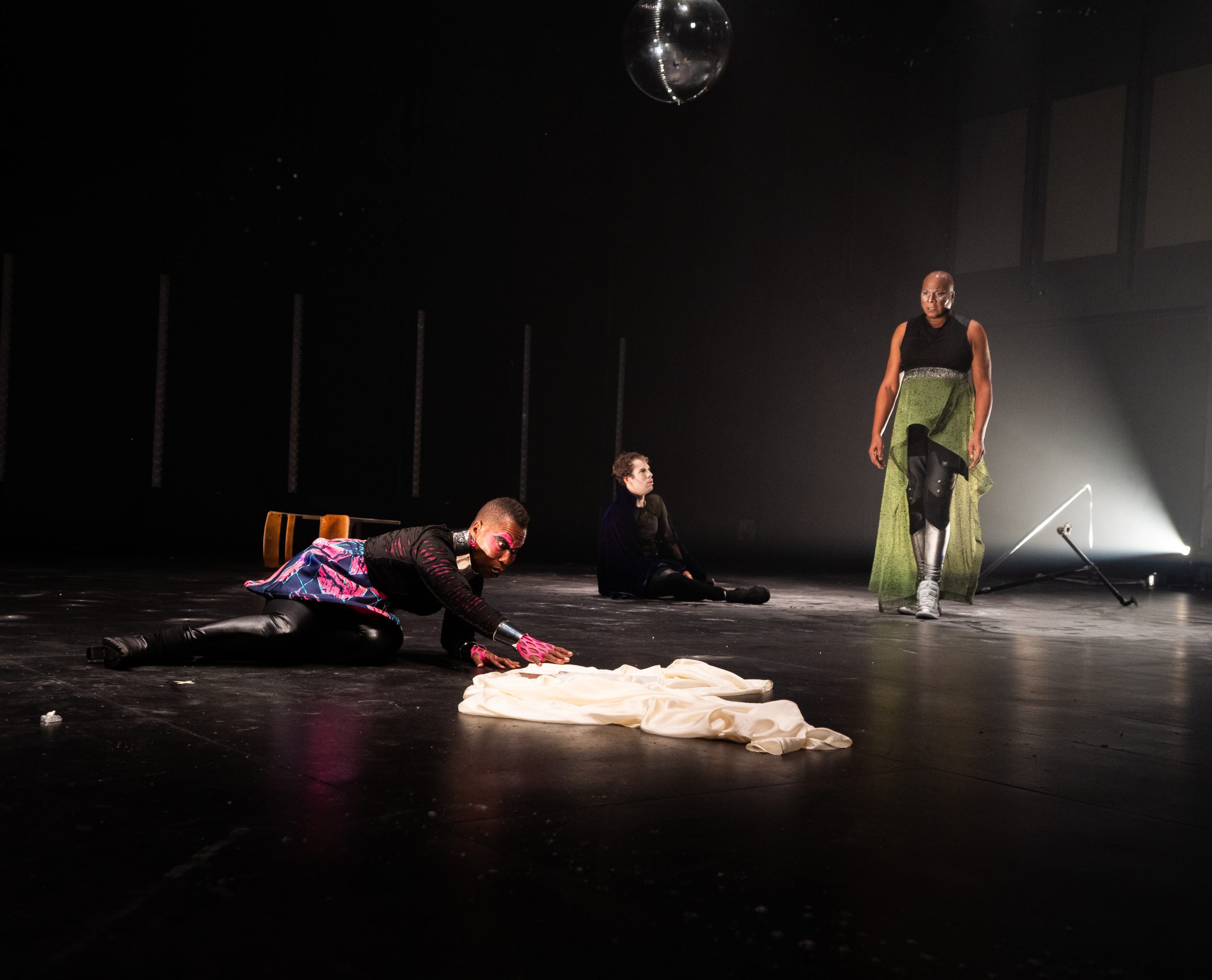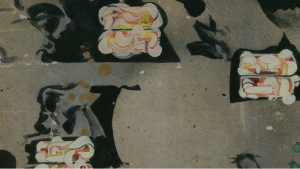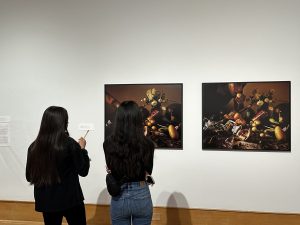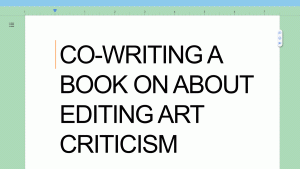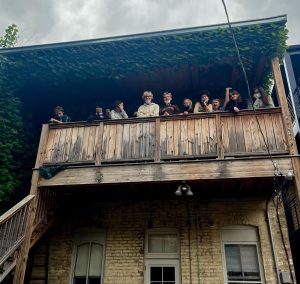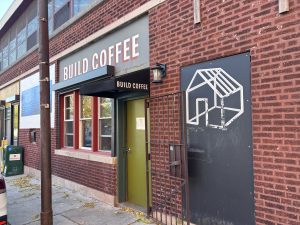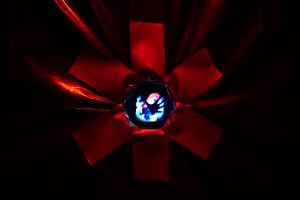My mom brought me to Detroit in 2015. As a city planner from eastern Iowa, she was invited to attend a conference around the possibilities of Detroit’s built environment. Planning is inherently temporal, and at that moment, Detroit was an enticing playground of ‘urban decay,’ utopian possibilities, and models for renewal. The city was spoken of in potentials—its potential for innovation, design, and industrial output. Speculations of what could’ve been continued as Detroit was named the first US-based UNESCO City of Design—a striking representation of ‘what’ is valued, potentially in opposition to ‘who.’ As a then teenager, when I was beginning to don the title “artist,” I took from the city: hipster-approved, disposable-camera snaps of tagged dumpsters, and the Michigan Central Train Depot. I don’t think I saw this city—or at least, not past my nose—obstructed by a thirsty, white, paternalistic, outsider gaze.
Self-reflection can be inundating without being soft. Now, I’ve come back; Detroit never left, and I’m having a bit of a Roddy-Piper-moment. Detroit is still one of the largest Black-majority cities in the US, but it’s also a border town of Canada, with Canada uniquely to the south—a boundary viewed much differently to the US southern border. I see Detroit now as a player in the “art world” and a comparison to another epicenter, like Berlin feels uncanny—both with histories of designed racial segregation as well as present efforts to restrict artistic freedom and expand it. On the evening of June 29th, I attended the inaugural performance of Memories of a Supernatural AIDS Crisis, a queer sci-fi drama by Marc Arthur, artist, scholar, and Assistant Professor in the Department of Theatre & Dance at Wayne State University. The combination of travel expense support, my positionality as a cis/white/straight man, and naive nostalgic baggage made reviewing ‘objectively’ not my central concern. But maybe, that’s the point. Let’s focus on the possibilities: queer futures, racial justice, and acknowledgment of human here-ness.
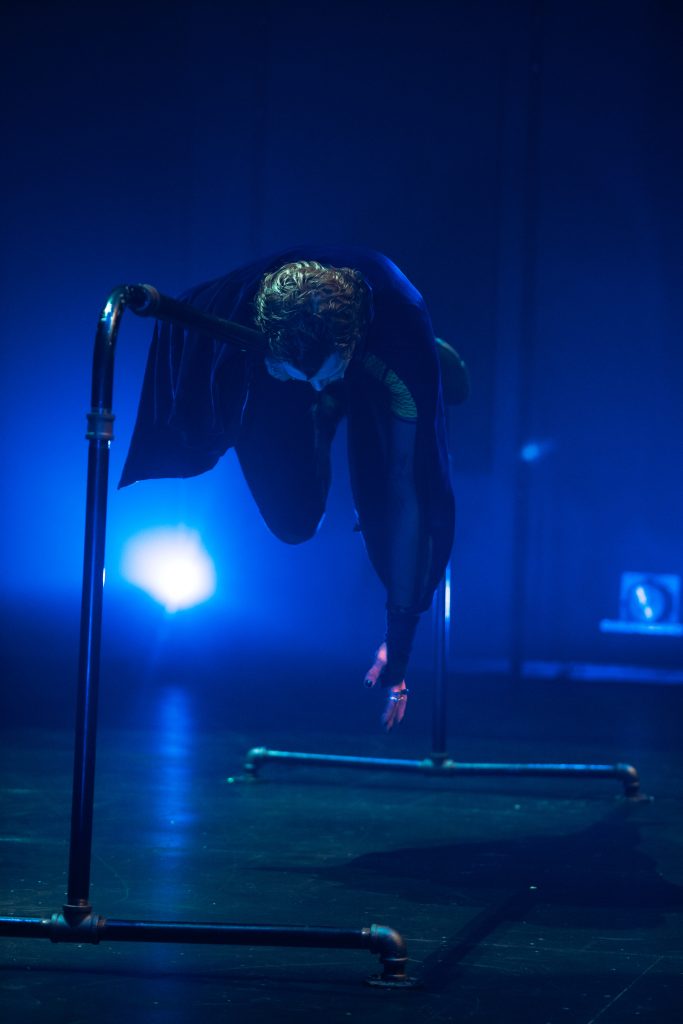
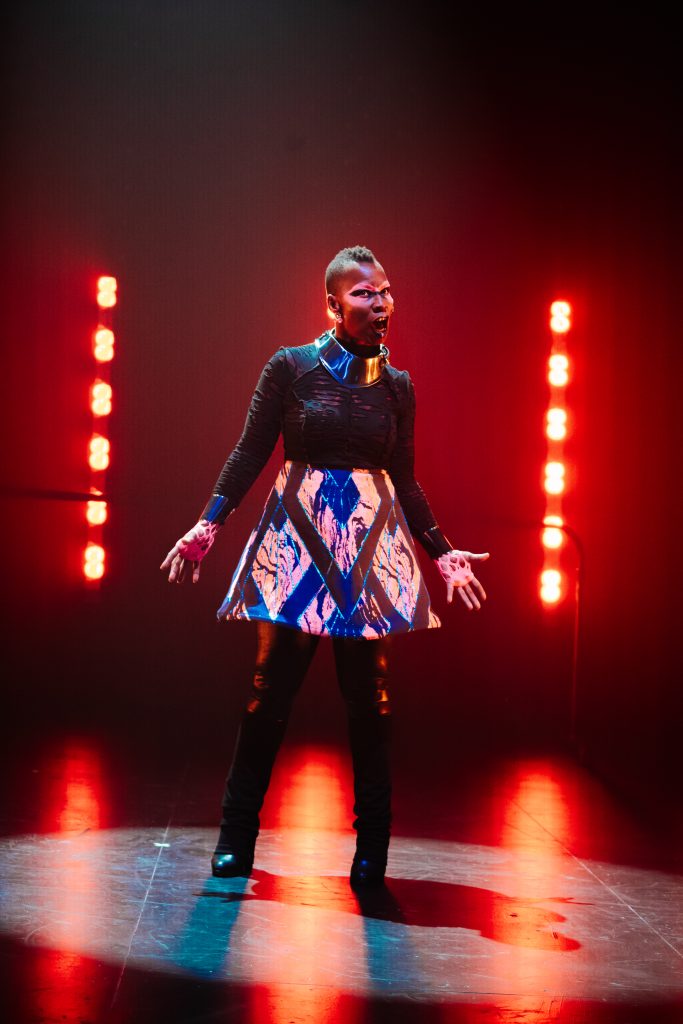
Memories of a Supernatural AIDS Crisis combined performance art, experimental theater, academic scholarship, and dance (modern, club, and Ballroom). The performance and setting were in Detroit, featuring an exceptional local cast. Pandrion—a Black trans cybernetic heroine—was performed by Notorious Pink Flowers, a Black trans artist, pleasure activist, and educator, whose work is rooted in ancient shamanic, African trickster, and Brazilian Joker traditions. Xylophlactis—an astronaut of the human body and vampiric choreographer—was performed by Joe Smentowski, a queer metro-Detroit native, actor, singer, and acting BFA student from Wayne State University. We were guided through a kaleidoscopic story of stigma, racial disparity, and the accessibility of care by narrator Yolanda Jack, a Detroit native and long-time theater powerhouse. Beyond familiar faces, this work featured references to distinct Detroit landmarks (Packard Automotive Plant) and soundscapes (Detroit House).
While celebrating localized places, times, and lived experiences, this work left me with a raw imploring to connect instead of critique. The theatrical experience was used to redistribute the singular across the communal. Performances were explosive in a uniquely intimate way, movement was considered and central to narrative layering, and the spaciousness allowed by directorial choices resulted in an artwork that was both confident and impressionable.
As documentation was limited to memories, I write of my experience in the past tense—despite carrying the work beyond the black box. The play leaves future Detroit to the fumes—ascribing a prescience to those thermal exhausts popping up like mushrooms or friendly ghosts throughout the city.
The following afternoon, as the vampiric dust of Xylophlactis’s ashes settled, Marc and I sat down in the front row to chat, noticing all of the footprints left on the stage.
This interview has been edited for clarity.
Marc Arthur: AIDS is challenging to write about because it’s an ongoing pandemic, and there [are] so many locations, time periods, and perspectives from which to enter into it. Making a play about Detroit allowed a certain degree of contemporaneity. At the same time, this is a “memory play,” which created some elasticity, touching on the 80s, now, 100 years from now, and everywhere in between.
Memories of A Supernatural AIDS Crisis became writable during a workshop I was leading in 2021 with people living with HIV at AIDS health organizations in Detroit. We were using performance as a method to work through experiences of HIV stigma. During one of the workshops, a participant described HIV as a kind of supernatural ability and we started to imagine the AIDS Crisis unfolding in a supernatural Detroit. One of the things that came out a couple times was imagining these dust clouds and objects in the sky that were like manifestations of AIDS history transforming and becoming free and imperceptible.
Ian Carstens: Now thinking about changes in matter, between [a] solid (human/object) and another (gas, fume, powder), the piece left me with this sticky relationship between transference and persistence. What you said reminded me of carrying someone else’s history or metaphorical bags.
MA: As a queer person who came of age in the 1980s in the shadow of the initial outbreak of AIDS, I’ve thought a lot about what it means to live in relationship to a period of loss and morbidity that I didn’t experience first-hand. Sometimes it feels a little like carrying someone else’s history. The characters in the play also carry other people’s histories—or at times embody them. As a director, I wanted to expose how that loss and trauma also move differently across queer and racial identities. Ultimately, (spoiler alert!) the play proposes forgetting as a kind of practice that stands in opposition to holding onto memory and nostalgia, which so much cultural work around AIDS has been preoccupied with over the past ten years or so.
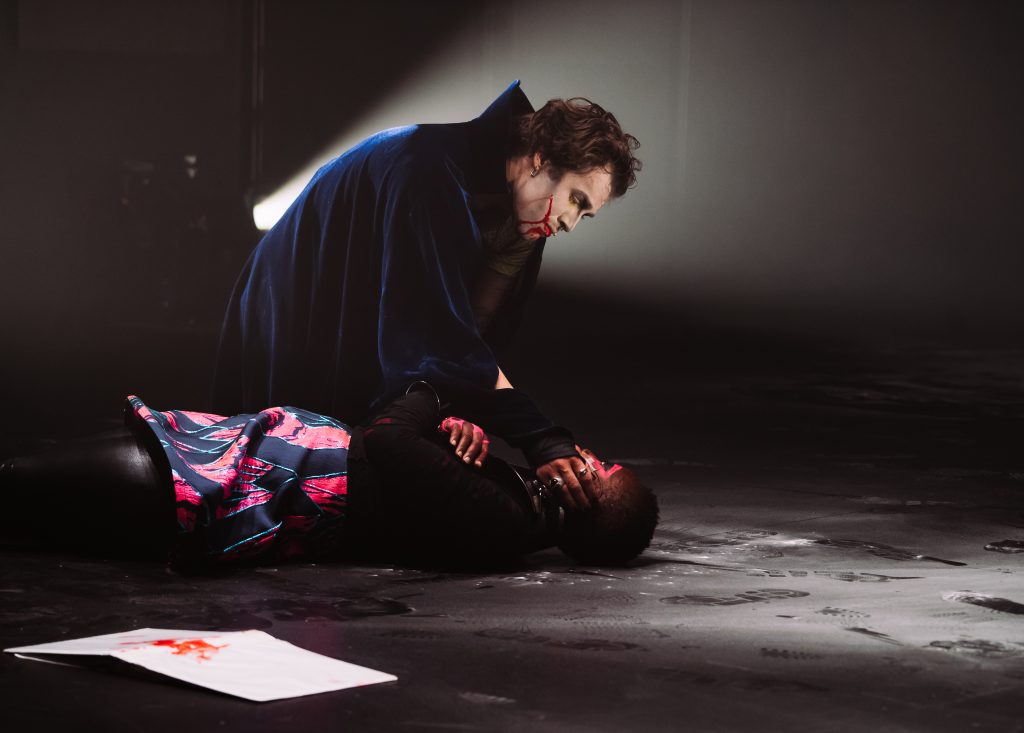
IC: That brings up consent: someone transferring those memories, an entire society placing them on someone, and who is consenting or not? And that movement or relationship might take us into discussing choreography. Choreography of consent? I [recalled a study about] AI trained on peoples’ gaits [and] how choreography is central to shows like RuPaul’s Drag Race, as well as some nods in the performance to Bob Fosse and even phenomenology with the wooden chair. It got me thinking about choreography applying to macro-realities, like culture or community. It’s such an expansive part of human life—maybe choreography is another way of making theory accessible.
MA: Early on, a few colleagues and artists watched a rehearsal and said, “There’s nothing on stage.” So we played with a ballet barre that was in the studio. It felt provocative in a phenomenological way—it became another actor on stage. Since Renaissance court dancing, choreography has been about disciplining and controlling bodies. In the play, the ballet barre facilitates a kind of dramaturgy about how AIDS knowledge and memory gets choreographed or asserted in people’s bodies.
IC: To keep focusing on the ballet barre, it kept horizontal for the performance and when a character gestures with their leg over the pole, it’s a tool for a ballet class. But this pole was mobile and if it were to be made vertical now we’re somewhere else. It reminded me of the possibilities of dehumanization by way of turning people into objects. In a way, choreography turns people into bodies; objects as extensions of bodies, extensions of people and their interests. I’m sure there is some slippage here. But Pink’s character, Pandrion, asks for things to stop and then simply says, “I want to party.”
MA: I wanted there to be a distinction between different kinds of dance in the piece: choreography, which often inscribes knowledge or power in bodies, and the kind of dancing that happens in clubs, which has the potential to destabilize through its liminality.
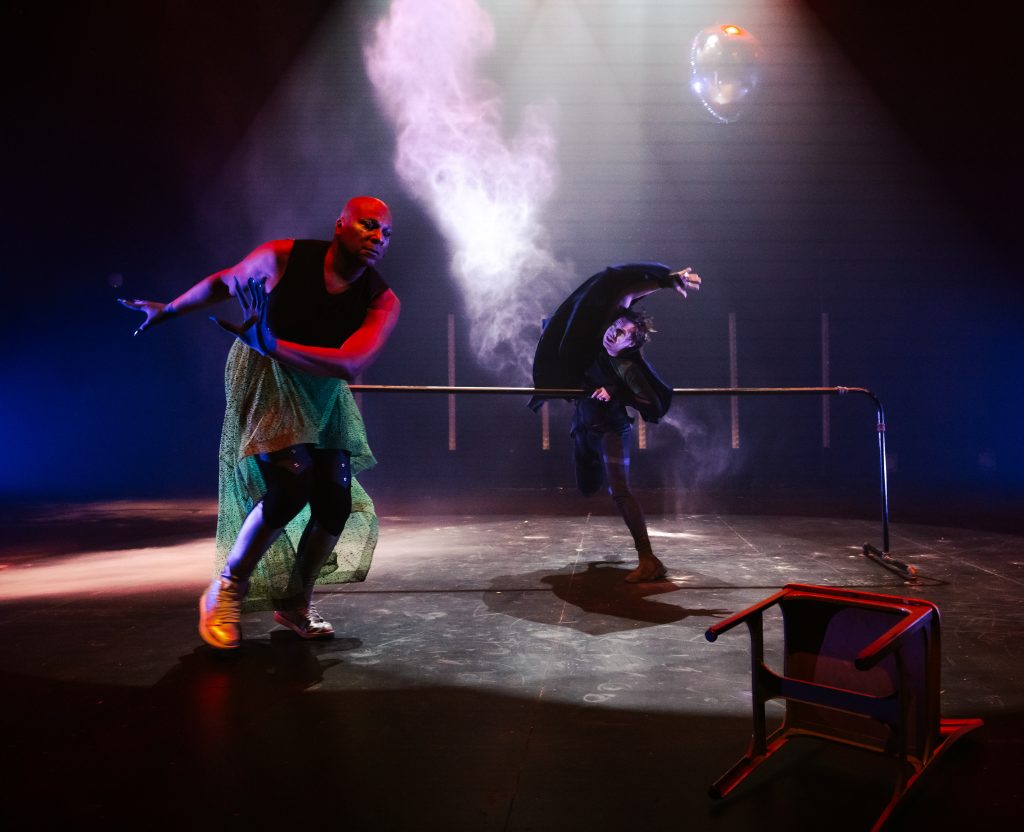
IC: Not to peek behind the curtain or ask for the secret sauce, but what [are you] influenced by?
MA: The script includes a “works cited” of all the influences. Some major ones include Samuel Delaney’s story “A Tale of Plagues and Carnivals,” which uses speculative fiction to describe AIDS in the 1980s; Grace Lee Boggs’ reflections on activism and community organizing in Detroit; and José Esteban Muñoz’s theory of queer utopia. Detroit’s history as the birthplace of techno was also central. Most of the music you heard is Detroit house music. In May, I was at Movement [Music Festival] and it inspired the lights back there [Marc points to six vertical lights on the back wall of the theater, each about 4 ft. long, 3 in. wide]. The best party is always Club Toilet, which is a kind of queer afterparty of Movement and I was dancing there this year and I had a beautiful moment in a room with lights like these pulsing to the music and I was like “I need more of that.” The lighting designer manifested them beautifully in a way that they also became a kind of supplement to the text.
IC: When those lights go to 90% towards the end of the work, it is like hand sanitizer for the eyes. It was so intense that I stopped hearing; my sense of vision was all that I was, like dancing by yourself. Since this work references many types of experiences (historical, club, and states of matter), how did you [envision] its proper container (theater, film, poetry, etc.)?
MA: More than anything else, I consider this a play because of the way it’s organized around a script. The Iranian-American artist Reza Abdoh is another major influence, especially in the layered and at times dense multi-disciplinary form this piece takes. His work is most often classified as theatre.
I’d love to do this performance for a full run. But for the context of a biennial, it made sense to do it one night only. In this way it felt like a piece of performance art that only existed for a fleeting moment.
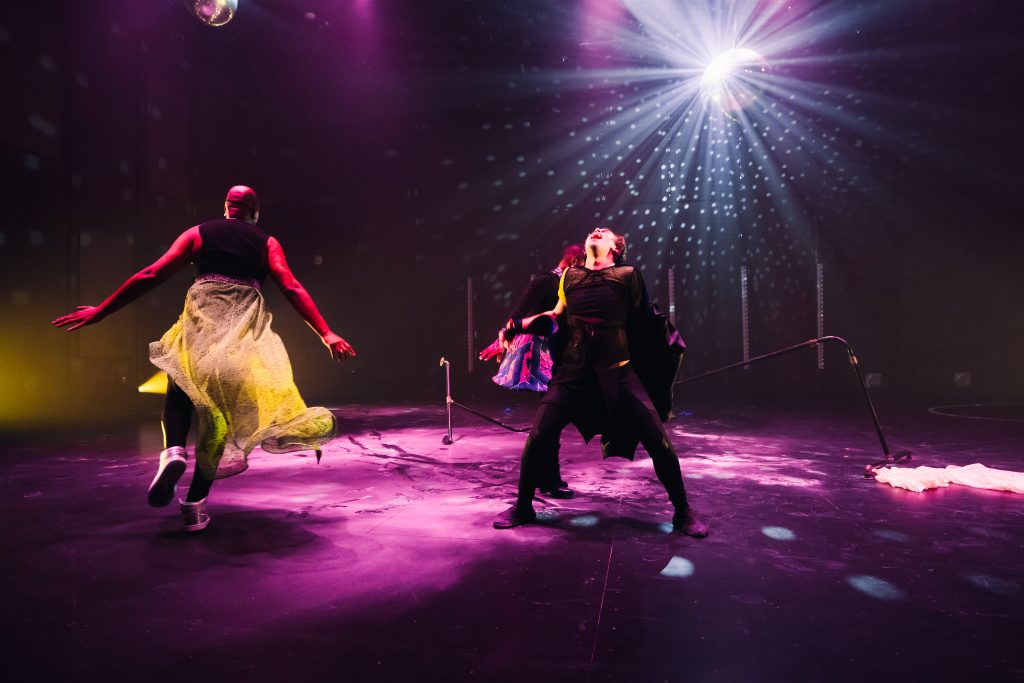
IC: [Similarly, our] conversation is [a] one-off portrait in time. How you spoke about this work gets at an expectation [that] needs to be pushed against that the artist needs to do additional labor beyond. I don’t think it’s the artist’s role to do the labor of talking about, selling, writing, [and] explaining it. Maybe that’s why I’m here?
MA: Yes, when we first started talking, today, part of my hesitation of not wanting this conversation to become an interview was from this desire to not over explain. Audiences expecting a traditional narrative will find this play frustrating. I expect them to do some work to make their own associations or bring themselves to the text. A few weeks ago, I changed the post-show talk to pre-show talk because I wanted the audience to leave with their own experience. I didn’t want to get on stage after and be like “Okay, let me answer your questions about exactly what that was supposed to mean.” It’s capacious and movable. You have to fill it in.
IC: What’s the process of working on a piece like this?
MA: When you say “process,” I think of how the actors infused their own life into the play, of witnessing and taking part in these collaborative transformations. The performance that you saw felt like the conclusion to this process of practicing the possible future of each character on stage.
As a white person writing about Detroit who is not originally from here, the process also contained a mixture of discomfort and privilege. This play tells a love story about intersectional coalition building, which ultimately fails. Hearing the audience laugh, sigh, and acknowledge that failure felt like part of the process as well.
IC: This reminds me of when my Mom brought me to Detroit. Now that I’m back, I’m aware of what I thought [of] Detroit and how much of that was without asking Detroit how it might describe itself. When Yolanda Jack’s character described Detroit through half-definitions—“Detroit dissolves into fumes, Detroit is a woman playing rap music from their Cadillac”—that feels complete in its incompleteness. This reverence is foundational and nebulous, perhaps this is a way to approach addressing the AIDS pandemic, [or] a way of relating to another?
MA: Thank you. People came together last night for this performance. It felt like having a baby or something and it’s nice to sit here with you and talk about it, put words to things that now are… it’s out of my womb or… it’s gone.
When we leave, the stage door remains open…
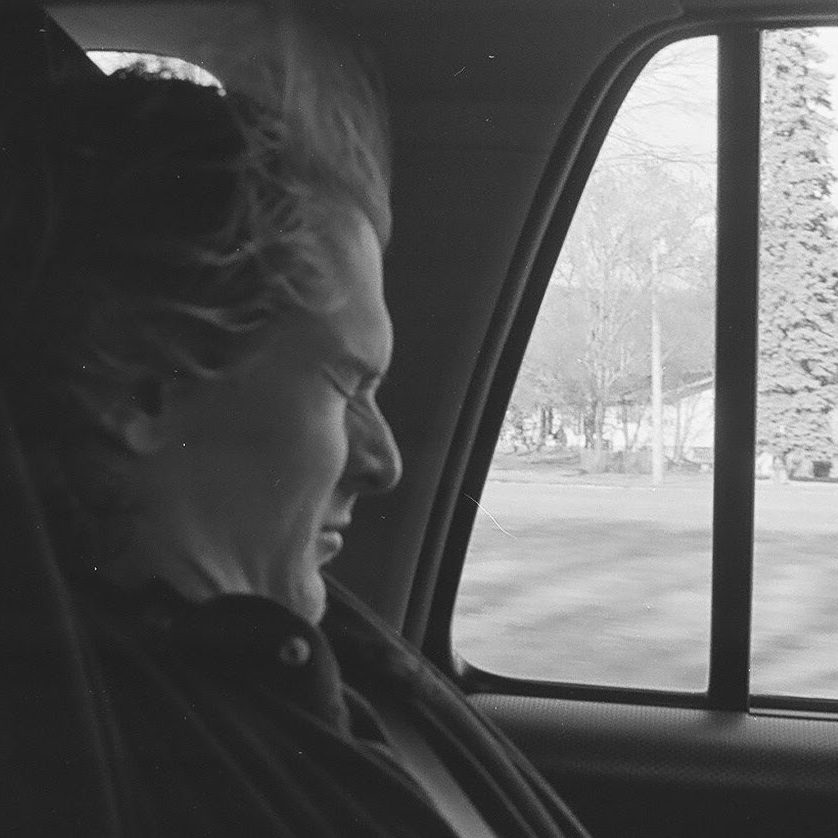
About the author: Ian Carstens (he/him) is a writer, filmmaker and curator based in the Midwest. His work explores temporality, non-human aliveness, multiplicity, as well as critiques of the archive, lens-based art forms and cultural institutions. He is the lead curator/filmmaker of Glass Breakfast, an ongoing archival project. He is also an Associate Editor of Ruckus Art Journal and his writings have been published with Burnaway, Sugarcane, and Limestone Post.
